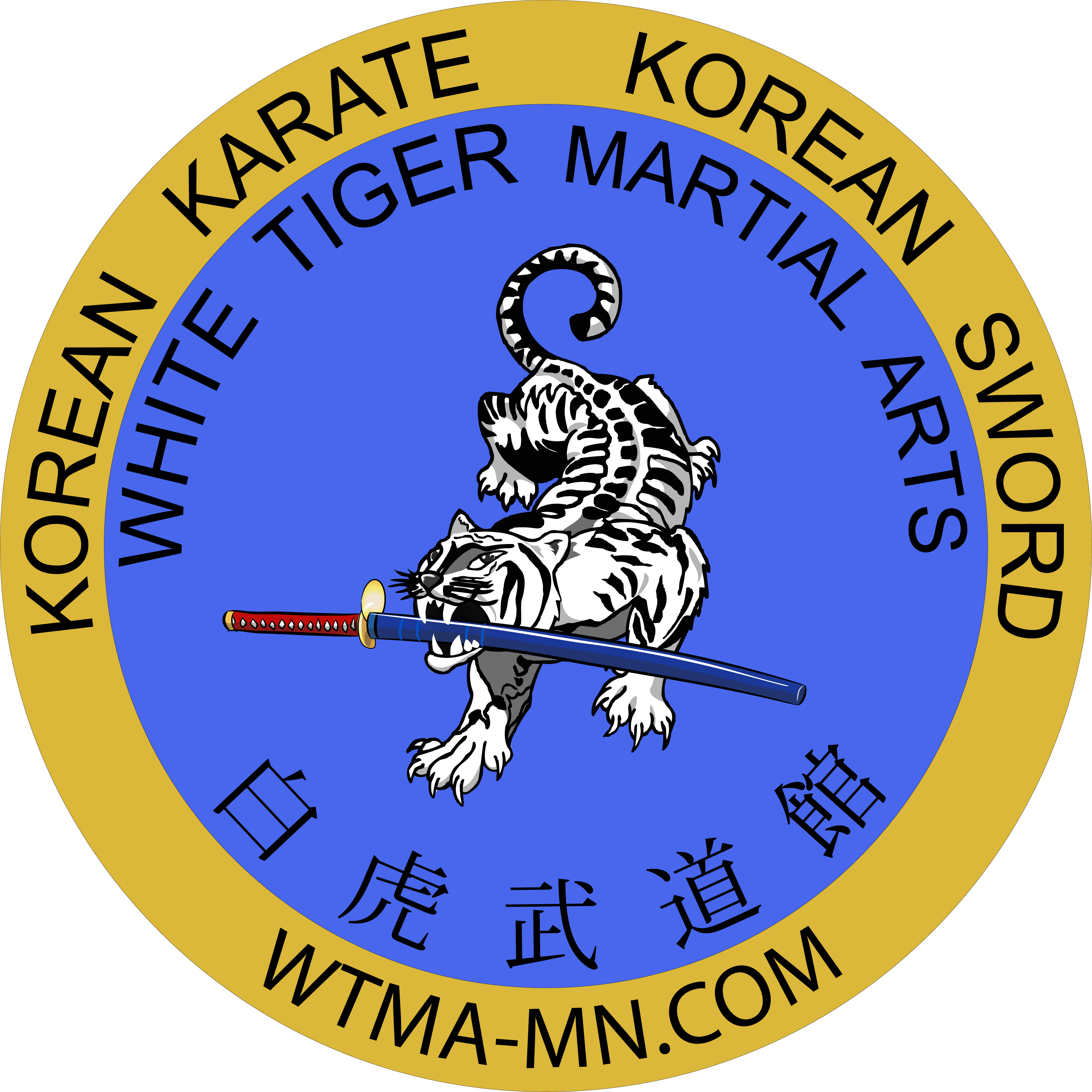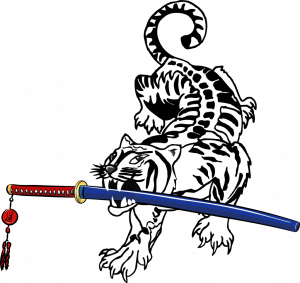Randori – 乱取り
 I came across these Lucy Marcus articles – “When stopping is the best way to go: the 3 step personal off-site” and “C-Suite Suicide: It Needn’t Be Lonely” – which lead me to think, again, how martial arts is life.
I came across these Lucy Marcus articles – “When stopping is the best way to go: the 3 step personal off-site” and “C-Suite Suicide: It Needn’t Be Lonely” – which lead me to think, again, how martial arts is life.
I had the great fortune to train in Seidokan Aikido with founder, Kancho Roderick Kobayashi. One of his main goals was to bring the principles of Aikido into daily life application. I learned many, many things from him and the Seidokan senior instructors. I’ve tried to continue this concept as my martial arts journey through Taekwondo and Haidong Gumdo moves into the third decade.
All to often the martial arts are viewed as merely a physical performance of “self defense” techniques. Much is missed on how they are actually problem solving techniques. An Aikido principle is “Take One Step Aside”. The doka (poem) written by Aikido founder, Morihei Ueshiba, says:
“Tekbito-no hashirikitarite utsutoki-wa
Hitoashi yokete sugu-ni kirubeshi”
(Enemy comes running/ when strike
Take a step aside/ immediately/ must cut)
The movement provides the opportunity to take some time to “see” what is happening, then act upon it. This is also illustrated in the randori (chaos attack) concept of “making space”. When the randori starts, one of the first goals of the student to to create a buffer of distance and time by moving to a far corner of the mat. This space making allows the student to plan how the attackers will be dealt with based on many variables. Each time the student deals with an attacker, it changes the plan because the attackers change their intentions. It develops some creative thinking on the part of the student to see if they can find an exit and survive the attacks.
Another illustration of these ideas is found in Taekwondo sparring. Now, I don’t do the Olympic version but have stayed with the old school kickboxing-ish version. I’ve done this intentionally to teach students a more personal protection perspective about fighting and to keep the use of more hand techniques. It utilizes all four weapons (both hands and both feet) better. It also means that you must recognize your opponents arsenal faster. Now this is where the problem solving comes in.
Whenever you fight, your job is to control the situation and not get injured. Sparring mimmics this but with less danger. Since your job is to hit your opponent more than they hit you, you must solve the problem of getting through their defenses and hit them. Now let’s throw in that it isn’t static. Your opponent is moving to attempt to set up a technique or prevent you from throwing one. The one who solves the problem first, lands the good technique.
Learning to apply the martial arts principles in daily can do a great deal in handling the stress of the world. They provide a basis for dealing with the chaos of all your business activities and creates the method for completing them successfully. Additionally, the physical training of the martial arts stimulates the thought processes needed for applying the concepts in non-physical settings. The more you train, the more challenges/stress/chaos you will learn to handle. This training leads the student to finding their center, where mind, body & spirit move…act…as one. Knowing where your center is can greatly help prevent the feeling like you are overwhelmed.
Author: Master Robert Frankovich
As you read and enjoy the posts on this site, please consider “sharing” them! The “likes” help generate additional readership but “sharing” will help even more! Thank you for your assistance!
If you have questions, please feel free to contact me!


